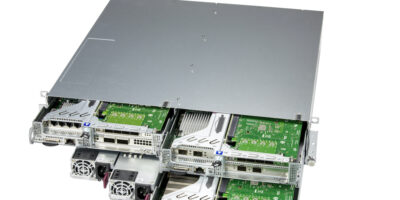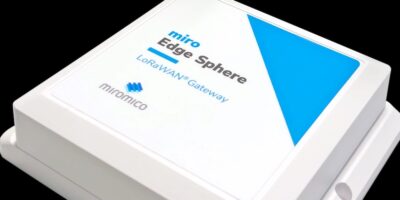Anritsu and dSpace will jointly demonstrate the integration of PC-based simulation systems with sensor-realistic simulation in a 5G network emulator at the Mobile World Congress 2022 (MWC).
Showcased on the Anritsu stand at the event in Barcelona (28 February to 03 March) the system will demonstrate how to avoid collisions between vehicles and objects or people in intersections with limited visibility. The example application used will be the advanced intersection collision warning (AICW). For this, sensor-based information is exchanged between the vehicles and the infrastructure in the intersection area through the use of 5G communication technology. In the demonstration, V2X data and video data collected by camera sensors is provided and analysed to warn the driver of objects or people (including vulnerable road users) located in blind spots, commonly found at intersections. The demonstration will use 5G network slicing technology to establish a separate URLLC (ultra reliable low latency communications) link to provide V2X hazard warning data and an eMBB (enhanced mobile broadband) link to share high definition (HD) video.
Gregor Hordys, responsible for connectivity topics at dSpace, explained that adding a sensor-realistic and vehicle simulation to the radio communication test system enables testing of advanced applications for connected and co-operative automated driving, based on 5G and edge computing in the lab.
“This joint integration and the power of such a solution is a significant step forward for 5G V2X testing and emulation,” said Jonathan Borrill, Anritsu’s head of global market technology. The demonstration is an example of the development of 5G V2X applications, he added.
To provide a 5G network slicing test environment for automotive V2X use cases, an Anritsu MT8000A radio communication test station and dSpace VEOS (a PC-based simulation platform) will be combined with the dSpace Aurelion for sensor-realistic simulation.
The Anritsu booth is in Hall 5, D41 at the Mobile World Congress 2022 and at Anritsu’s Virtual MWC22—Wireless Technology Showroom to be launched on February 28. (Registration is required).







